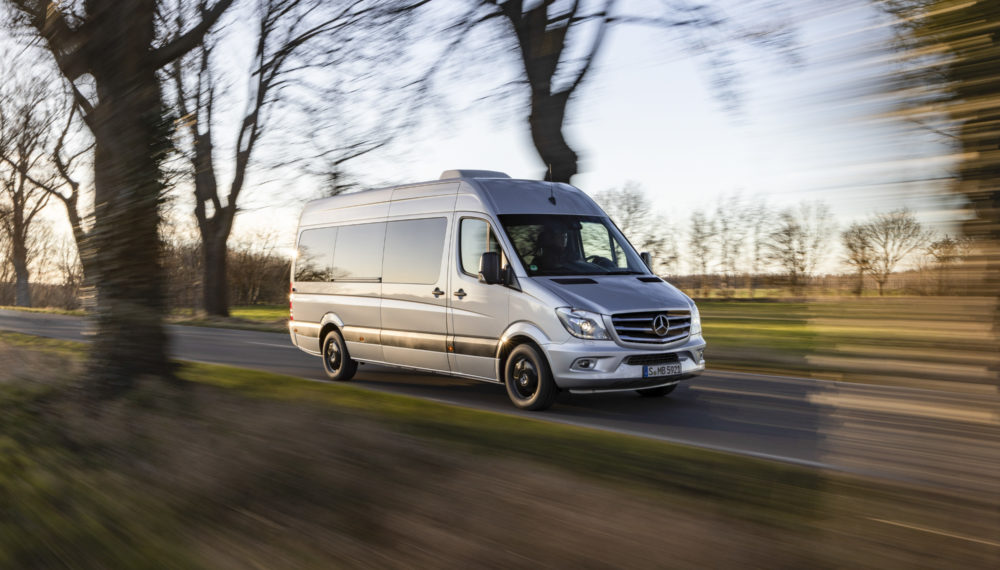The integral connection for Mercedes-Benz between motor racing and exclusive vehicles for the customer was still in evidence in the late 1920s. A good example is the Mercedes 24/100/140 hp model K, launched in 1926. Its top speed of 155 km/h made it the world’s fastest touring car, and it was also entered for motorsport events. “K” stood for “kurz”, the German word for “short”, since this high-performance sports car with a supercharged Kompressor engine had a shortened version of the 24/100/140 hp model chassis.
Soon afterwards, a whole family of special Kompressor sports cars was launched on the market, comprising the S, SS, SSK and SSKL models. The most sophisticated of all these racers also sold to customers was the SSK, presented in 1928.
The exclusive lineage of this super-sports car is clear even from its name, since SSK stands for the “super-sports short” in German. The SSK was a logical extension of the “S” model from 1927 and the SS (standing for “short” and “super-short”, respectively). Both of these models were already outstanding examples of exclusive and high-performance sports cars, but the SSK took these attributes to a whole new level.
Like the SS, it was propelled by a new 7.1-litre engine (with the in-house code M 06) with a mechanical supercharger. Power ratings rose from 147 kW at the start of the production period to 184 kW in the vehicle’s most sophisticated development stage. The SSK was designed for maximum manoeuvrability, with a shorter wheelbase than the SS (2950 millimetres rather than 3400 millimetres), and a correspondingly shorter chassis.
Technical innovations introduced in 1928 included wet cylinder bushes, which allowed the cylinder bore to be increased to 100 millimetres, bringing the displacement to 7.1 litres. Then crankshaft with four main bearings was fitted with an oscillation damper, and power was increased with a racing camshaft for racing purposes. A further power boost was provided with a Kompressor supercharger activated when the accelerator pedal was pressed right down to the floor. As a special option, it was also possible to order a Kompressor with larger vanes for even higher engine power. Private motorists could also order racing Kompressor devices and camshafts for their SSK.
Mercedes-Benz S, SS and SSK Kompressor cars notched up many victories in motor races, with the SSK proving particularly successful. In 1929, racing driver Rudolf Caracciola was the overall winner of both the Prague mountain race from Zbraslav to Jiloviste and the International Tourist Trophy in Ireland in a Mercedes-Benz SSK. In that same year, August Momberger and Max Arco-Zinneberg won the Grand Prix des Nations on the Nürburgring track in the class for the over three-litre displacement sports car category.
Caracciola then became the European sports car hill climb champion for the 1930 season in a Mercedes-Benz SSK. In 1931, the Mercedes-Benz engineers created a purely racing version of the SSK super- sports car, also known as the SSKL (super-sports short light). It was at the wheel of an SSKL that Caracciola won the Italian “Mille Miglia” long-distance race from Brescia to Rome and back in spring 1931 – the first non-Italian to achieve this feat.
As well as being raced by the works team, the Mercedes-Benz SSK was entered in many events by private drivers, with considerable success. This clearly validated the concept of designing a super-sports car that would also be competitive on the racetrack. However, not all customers buying an SSK intended to race the vehicle. Some wealthy clients wanting sports quality performance ordered the ex factory chassis with a cabriolet body, so they could enjoy driving their SSK as a fast sports car on the road.
According to the official factory records, a total of 33 cars of the legendary SSK and SSKL models were built from 1928 to 1932, twenty of them in 1929 alone. While the SSKL was never available to private customers, the SSK remained officially available through until February 1933. After that time, it no longer appears in the Mercedes-Benz price list.
Mercedes 24/100/140 hp model K
In production: 1926 to 1929 (including successor models)
Units produced: 150 (including successor models)
Engine: 6-cylinder, in-line
Displacement: 6240 cc
Output: with Kompressor supercharger, 118 kW at 3100 rpm
Top speed: 155 km/h
Mercedes-Benz 26/120/180 hp model S
In production: 1927 to 1928
Units produced: 146
Engine: 6-cylinder, in-line
Displacement: 6800 cc
Output: with Kompressor supercharger, 132 kW at 3000 rpm
Top speed: 160 km/h
Mercedes-Benz 27/140/200 PS model SS (W 06)
In production: 1928 to 1933
Units produced: 111 (all engine variants)
Engine: 6-cylinder, in-line
Displacement: 7065 cc
Output: with Kompressor supercharger,147 kW at 3300 rpm
Top speed: 170 km/h
Mercedes-Benz SSK (W 06)
In production: 1928 to 1932
Units produced: 33 (including SSKL)
Engine: 6-cylinder, in-line
Displacement: 7065 cc
Output: up to 184 kW
Top speed: up to 192 km/h







